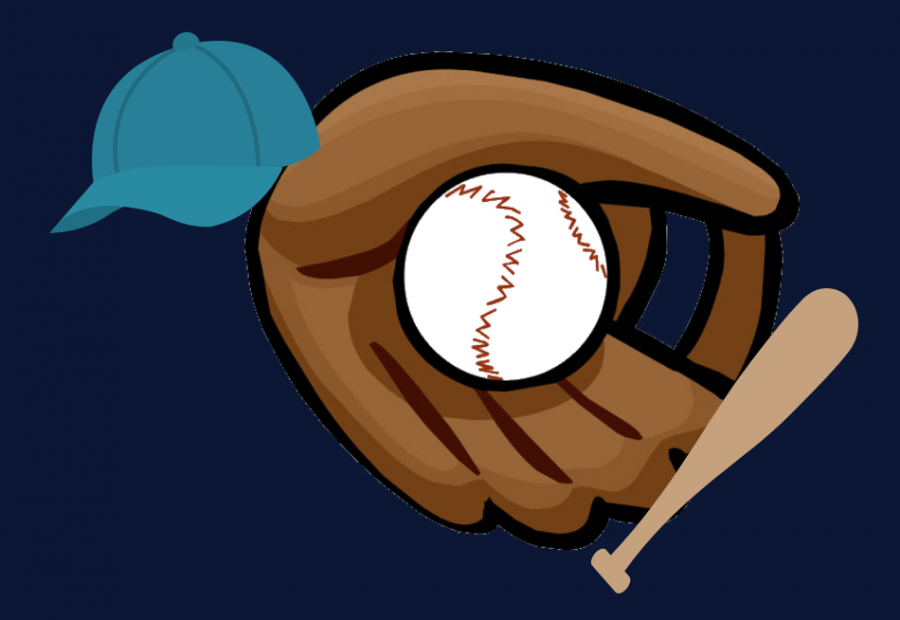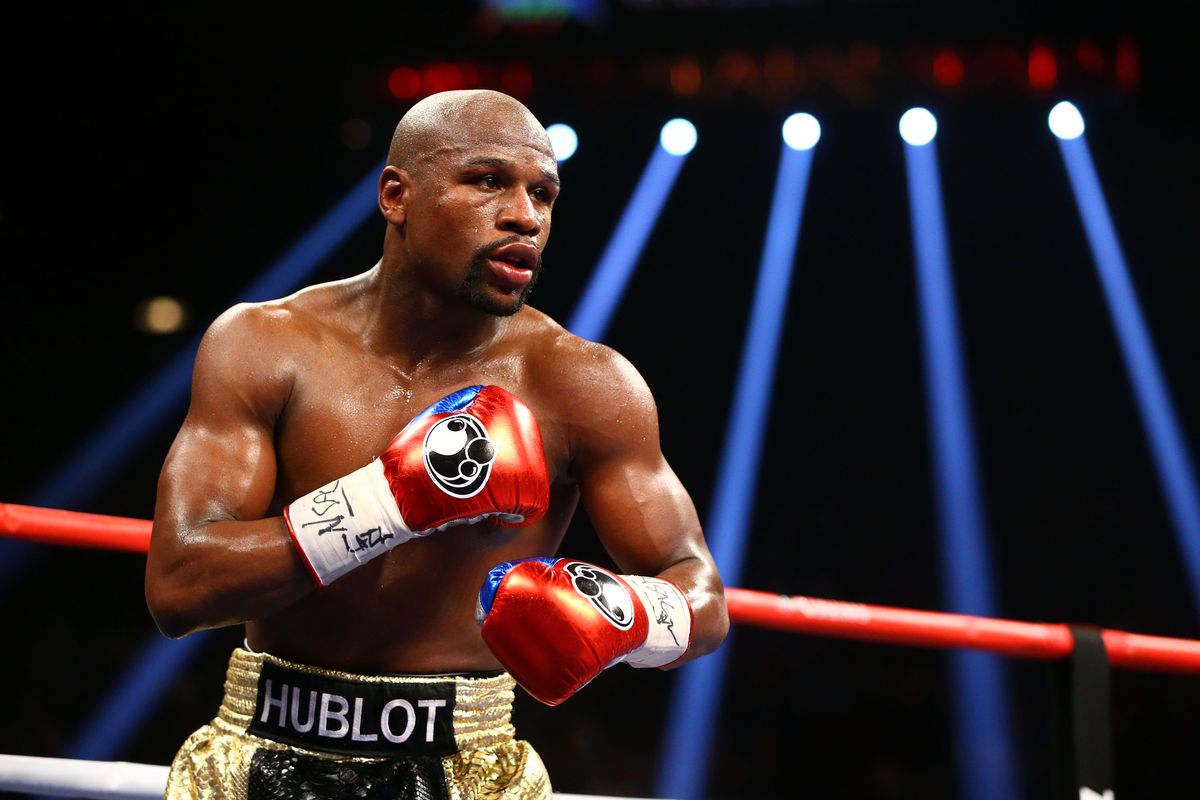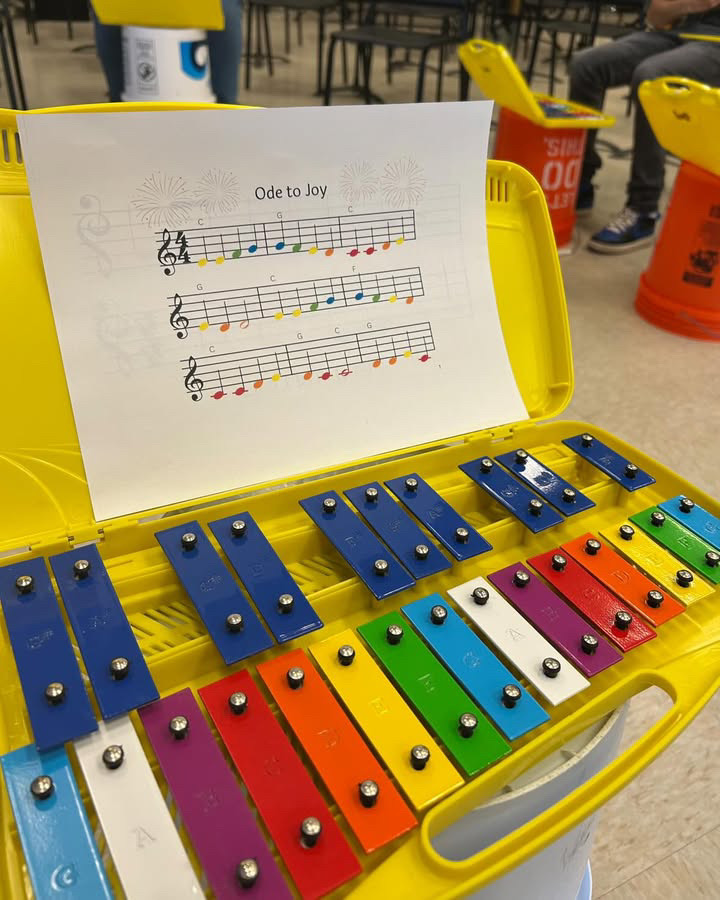Dear MLB, you have some serious problems
It’s time to make the MLB more enjoyable and accessible to all.
April 18, 2021
Since the start of the 21st century, the NFL and NBA have outshone the MLB in nearly every metric. There are many potential causes for this disparity. For instance, the MLB has failed miserably at attracting the already short attention span of young fans, and ineffectively marketed their top players to fans.
Over the past eight seasons, the MLB has lost 6.3 million fans. Still, the MLB could regain lost ground, albeit with a few changes. In order to combat its decreasing popularity and rejuvenate viewership, the MLB should lower the cost of attending games and put more resources into promoting their top stars.
The cost to attend MLB games is exorbitantly high considering that each team plays 162 games throughout the season; the average ticket price is about $34, which is disproportionate to that of the NBA and NFL. It costs around $51 to attend one of the 72 games each NBA team plays per season, and in the NFL, tickets go for roughly $107 in a 16 game season. If you were to attend an entire MLB season, it would cost you over $5000, whereas NBA and NFL seasons would cost you around $3500 and $1700, respectively. MLB tickets are simply not worth the price.
The MLB should lower ticket costs by establishing new sources of revenue and decreasing team expenses. Reducing the threshold for its luxury tax — the price a team must pay after their payroll reaches a certain number — would encourage teams to sign less expensive contracts with players, resulting in diminished team expenses and the potential for cheaper tickets. Lowering ticket prices will likely make fans more eager to drive over to their team’s stadium and enjoy a game.
MLB also struggles due to its self-inflicted marketing problem. Baseball players do not advertise themselves on social media platforms nearly as much as other professional athletes: While NBA and NFL stars tend to post on their Instagram stories daily and update their feed multiple times a week, most MLB players rarely post, save for the occasional advertisement or special event. Bench players for the NBA usually have over 100,000 followers on Instagram, while some key MLB players barely reach 10,000.
The easiest solution would be for MLB to initiate a slew of social media campaigns and better support the marketing efforts of players. Los Angeles Dodgers pitcher Trevor Bauer has expanded his social media across Youtube, Instagram and Twitter, and has also initiated the first player-led media company credentialed by Major League Baseball, Watch Momentum. But the MLB, ever hesitant to branch out, has resisted Bauer’s persona, notably by restricting his in-season video production. The league must not only allow, but encourage players like Bauer to utilize social media for marketing if they want to attract a larger audience.
Many old-school baseball fans claim that the game is perfect the way it is, and that, if anything, the fans are the problem, not the institution. But MLB is far from perfect: the league is meant to provide entertainment to its stalwarts while attracting prospective viewers. Insofar as the current format fails to meet either of those requirements, the league needs to evolve. In fact, baseball has been constantly evolving since its genesis in 1839, and there’s no need for it to stop now.
My solutions are not simple; they would likely take years to implement. However, if the MLB could figure out a way to deflate its prices, revamp its appeal to young fans and capitalize on players who take initiative to market themselves, America’s favorite pastime will prosper for many years to come.












Rod Barajas • Apr 19, 2021 at 9:52 am
I would also like to add that this article was extremely well written, but I just wanted to share my alternate perspective.
Rod Barajas • Apr 19, 2021 at 9:49 am
A few thoughts.
All MLB owners are billionaires, and in normal seasons MLB teams make massive profit margins. That being said, I think there really is not a good reason to depress player wages by decreasing the luxury tax. If anything, the MLB should be creating a salary floor for teams, encouraging them to spend more money on elite players and creating a more competitive, exciting league. MLB teams make an average of $330 million in revenue each season; they can afford to spend at least $100 million on player payrolls.
I agree that MLB needs to do a better job at marketing their players, but also we should not be glorifying problematic players like Trevor Bauer. Bauer has harassed a women on social media, is a climate change skeptic, and has made bigoted jokes on twitter. Especially if the MLB wants to expand its fan base to include more women and fans of color, I do not think Bauer should be considered a model MLB player.
Sources:
https://www.forbes.com/sites/kurtbadenhausen/2020/06/10/mlbs-10-richest-team-owners-worth-31-billion-in-2020/?sh=3b73e82369d1
https://www.investopedia.com/articles/personal-finance/062415/major-league-baseballs-business-model-strategy.asp#:~:text=Forbes%2C%20for%20example%2C%20has%20calculated,annual%20revenue%20is%20%24330%20million.
https://www.si.com/mlb/2019/01/09/indians-trevor-bauer-college-student-twitter-exchange-harassment
https://www.clevescene.com/scene-and-heard/archives/2017/02/10/trevor-bauer-flipped-out-on-twitter-again-defending-donald-trump-and-denying-humans-role-in-climate-change
https://www.theguardian.com/sport/2019/feb/21/why-on-earth-is-climate-skeptic-twitter-troll-trevor-bauer-mlb-most-hated-man